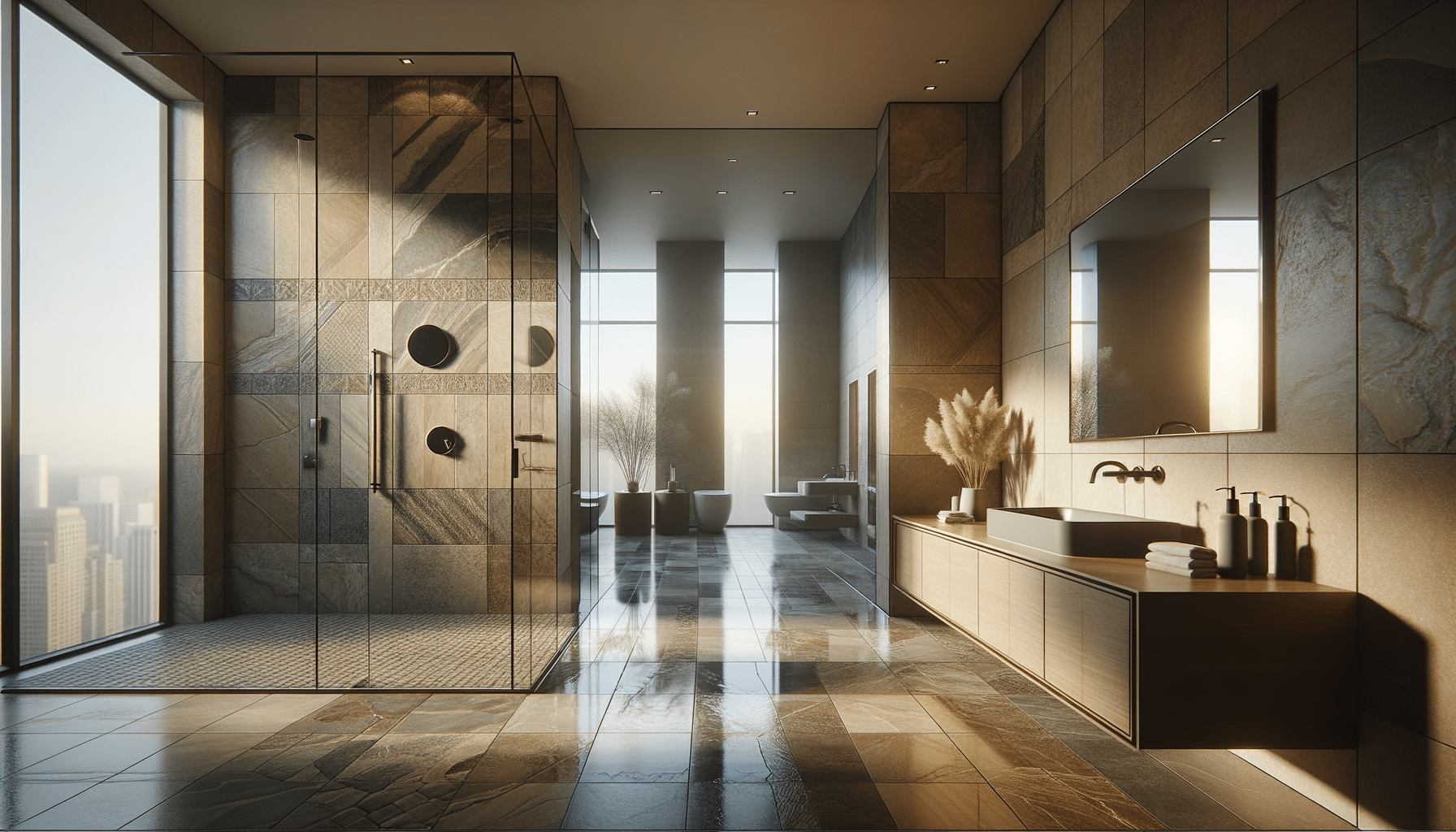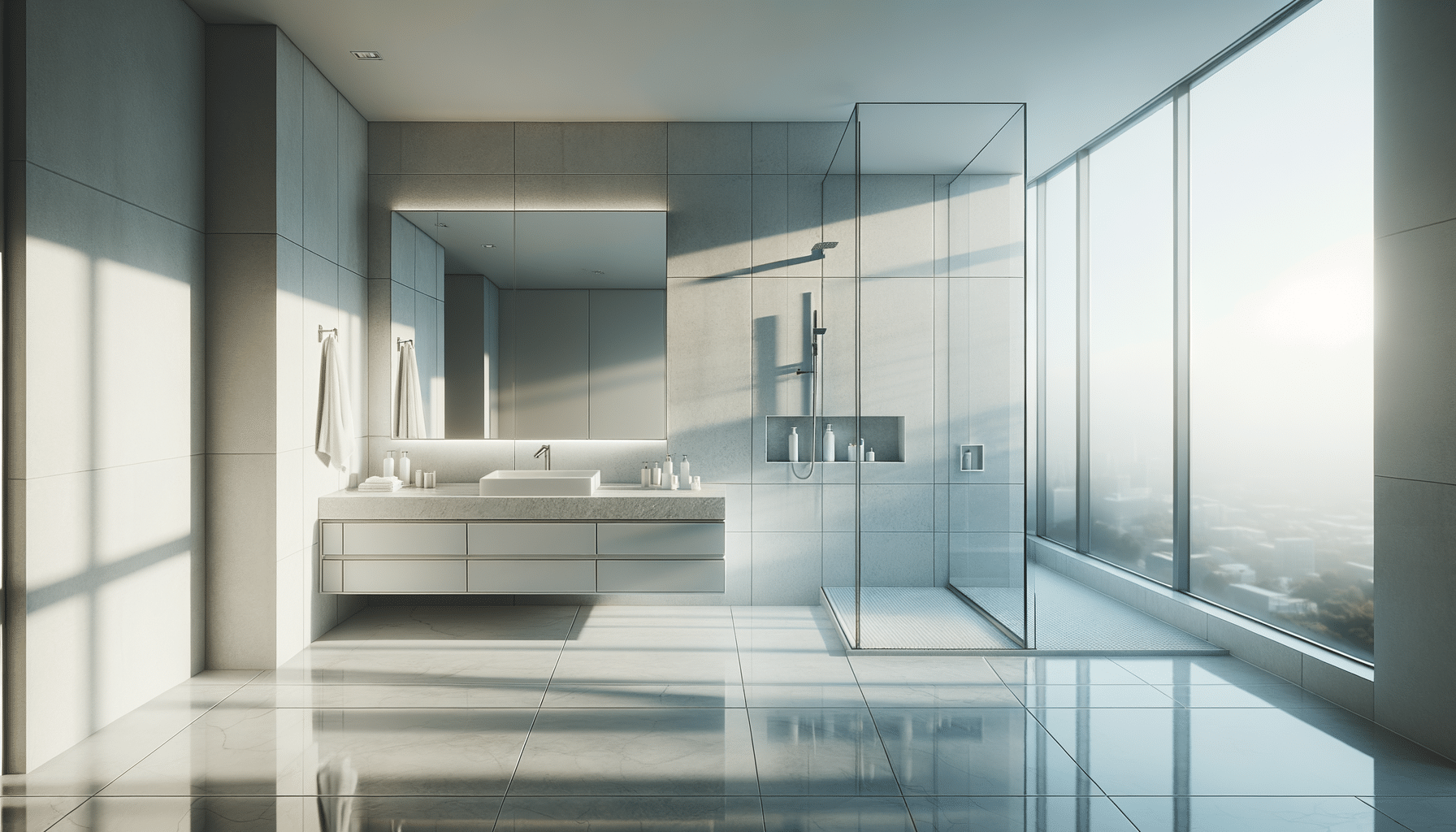
Transforming Spaces: A Comprehensive Guide to Bathroom Remodeling
Introduction to Bathroom Remodeling
Bathroom remodeling is an exciting opportunity to enhance one of the most personal spaces in your home. Whether your goal is to create a spa-like retreat or to simply improve functionality, a well-executed remodel can significantly increase the value of your home while elevating your daily living experience. As homeowners increasingly prioritize comfort and style, bathroom remodeling has become a focal point in home improvement projects.
In this comprehensive guide, we will explore various aspects of bathroom remodeling, offering insights into planning, designing, and executing a successful renovation. From selecting materials to understanding the nuances of layout design, this article aims to equip you with the knowledge needed to embark on your remodeling journey.
Planning Your Bathroom Remodel
Before diving into a bathroom remodel, careful planning is essential to ensure a smooth process and satisfactory results. Begin by assessing your current bathroom’s layout and identifying areas that require improvement. Consider factors such as storage needs, lighting, and accessibility. Setting clear goals will help guide your decisions throughout the remodeling process.
Budgeting is another critical aspect of planning. Determine how much you are willing to invest in your remodel and allocate funds to different areas such as materials, labor, and unexpected expenses. It’s wise to research average costs for various elements, such as fixtures and tiles, to create a realistic budget.
Additionally, consider hiring a professional designer or contractor. Their expertise can be invaluable in optimizing space and ensuring the project adheres to local building codes and regulations. A professional’s insight can also help you avoid common pitfalls, saving time and money in the long run.
Choosing Materials and Fixtures
The selection of materials and fixtures plays a crucial role in defining the aesthetic and functionality of your remodeled bathroom. When choosing materials, prioritize durability and ease of maintenance, especially in areas prone to moisture and humidity. Popular choices for bathroom flooring include ceramic tiles, porcelain, and natural stone, all of which offer a balance of style and resilience.
For fixtures, consider modern innovations that enhance convenience and efficiency. Water-saving faucets and showerheads not only reduce utility bills but also contribute to environmental sustainability. When selecting a bathtub or shower, consider your lifestyle needs and available space. Walk-in showers with glass enclosures are a popular choice for their sleek appearance and accessibility.
Don’t overlook the importance of lighting in your bathroom. Layered lighting, including ambient, task, and accent lighting, can create a warm and inviting atmosphere while providing functionality for different activities, such as grooming or relaxing.
Designing the Layout
The layout of your bathroom significantly impacts its usability and comfort. Begin by considering the size and shape of your space. In smaller bathrooms, maximizing vertical space with wall-mounted storage solutions can free up valuable floor space. For larger bathrooms, creating distinct zones for bathing, dressing, and grooming can enhance functionality.
Ensure that the layout allows for adequate movement and accessibility. Consider the placement of plumbing fixtures and their impact on the overall flow of the room. If possible, maintain the existing plumbing layout to minimize costs and complexity. However, if a new layout better suits your needs, consult with a professional to ensure proper installation.
Incorporating elements such as mirrors and glass can create an illusion of space and reflect light, making the bathroom feel larger and more open. Thoughtful design choices, such as using a consistent color palette and coordinating fixtures, can create a cohesive and harmonious space.
Executing the Remodel
Once planning and design are complete, it’s time to execute your bathroom remodel. Begin by preparing the space, which may involve demolition of existing structures. Ensure that all necessary permits are secured before starting any structural changes.
During the remodeling process, maintain clear communication with your contractor to address any challenges or changes that arise. Regularly inspect the work to ensure it meets your expectations and project specifications. It’s important to remain flexible and open to adjustments, as unforeseen issues may occur.
Upon completion, conduct a thorough inspection to ensure everything is functioning correctly and that the finishes meet your standards. Address any discrepancies promptly to ensure a satisfactory result. Finally, enjoy your newly remodeled bathroom, taking pride in the transformation and the enhanced comfort and style it brings to your home.
Conclusion: Embracing the Transformation
Bathroom remodeling is a transformative process that can enhance both the functionality and aesthetic appeal of your home. By carefully planning, selecting quality materials, and executing with precision, you can create a space that reflects your personal style while adding value to your property.
Whether your goal is to create a luxurious retreat or to improve everyday convenience, a well-executed bathroom remodel is a worthwhile investment. As trends continue to evolve, embracing timeless design principles and innovative solutions will ensure your bathroom remains a comfortable and stylish sanctuary for years to come.


